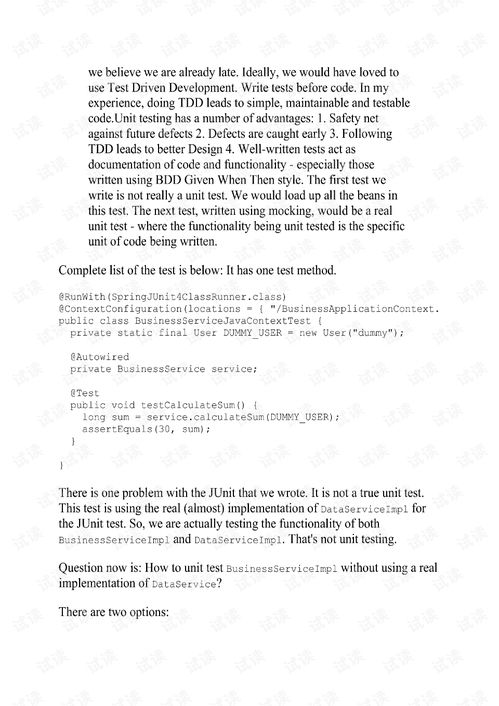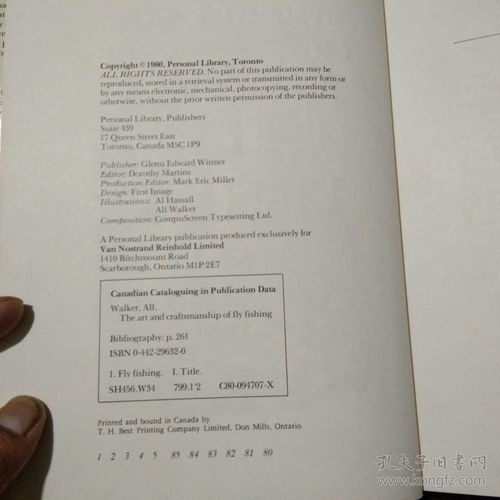
Content:
Introduction: As an angler, you know that the success of your fishing trip often depends on the efficiency of your setup. One of the most critical steps in fishing is correctly and quickly binding the hook to the line. This article will provide you with valuable tips and techniques to master the art of quick knot tying for hooks, enabling you to spend more time enjoying your fishing adventure.
Familiarize Yourself with the Basic Knots Before diving into the world of quick knot tying, it's essential to have a solid understanding of the basic knots used in fishing. Here are three common knots that you should learn:
a. Palomar Knot: The Palomar Knot is known for its simplicity and strength. It's a great choice for attaching hooks, lures, and sinkers to your fishing line.
b. Clinch Knot: The Clinch Knot is another popular choice for securing hooks and lures. It's easy to tie and offers excellent holding power.
c. Improved Clinch Knot: The Improved Clinch Knot is similar to the Clinch Knot but provides even better strength and reliability.
Keep Your Knot-Tying Area Organized A cluttered and disorganized knot-tying area can lead to frustration and time-consuming mistakes. Here are some tips to keep your workspace tidy:
a. Have all the necessary materials within reach, such as hooks, fishing line, and knot tying tools. b. Keep your knot-tying surface clean and flat, making it easier to see and manipulate the line. c. Use a knot-tying mat or a piece of sturdy fabric to create a stable surface for your knot-tying activities.
Practice, Practice, Practice The key to mastering the art of quick knot tying is repetition. The more you practice, the faster and more efficient you'll become. Here are some tips to help you practice:
a. Spend time each day practicing tying knots. Even a few minutes can make a significant difference. b. Try different knots and compare their strengths and weaknesses. This will help you choose the best knot for your specific needs. c. Watch instructional videos and read articles on knot tying to gain new insights and techniques.
Utilize Knot Tying Tools Knot tying tools can greatly improve your efficiency and make the process more enjoyable. Here are some popular tools to consider:
a. Knot Tying Mat: A knot-tying mat provides a stable and flat surface for your knot-tying activities. b. Knot Tying Tool: A specialized tool designed to help you tie knots quickly and efficiently. c. Scissors: Keep a pair of sharp scissors handy to cut the excess line after tying the knot.
Develop a Consistent Routine Creating a consistent routine for knot tying can help you save time and reduce errors. Here's a step-by-step guide to follow:
a. Begin by threading the hook through the eye of the lure or sinker. b. Double the fishing line over itself, creating a loop. c. Pass the loop through the eye of the hook, ensuring it's fully seated. d. Cross the ends of the line over the loop, creating a second loop. e. Pass the second loop through the first loop, then pull the tag end of the line to tighten the knot. f. Wet the knot to improve its strength and reduce friction. g. Trim the excess line, leaving about 1/4 inch of line beyond the knot.
Master the Quick-Release Knot The Quick-Release Knot is an excellent choice for situations where you need to quickly attach or detach your lure or hook. Here's how to tie it:
a. Begin by threading the hook through the eye of the lure or sinker. b. Create a loop in the line by passing it over itself. c. Pass the loop through the eye of the hook, ensuring it's fully seated. d. Pull the tag end of the line to tighten the knot. e. Create a second loop by passing the tag end over the first loop. f. Pass the second loop through the first loop and pull the tag end to tighten the knot. g. Trim the excess line, leaving about 1/4 inch of line beyond the knot.
Conclusion: Mastering the art of quick knot tying is a valuable skill for any angler. By familiarizing yourself with the basic knots, keeping your knot-tying area organized, practicing regularly, utilizing knot tying tools, and developing a consistent routine, you'll be able to spend more time fishing and less time dealing with tangled lines. With these tips and techniques, you'll be well on your way to becoming a knot-tying expert and enjoying more successful fishing trips.












